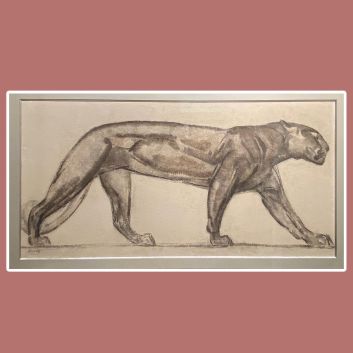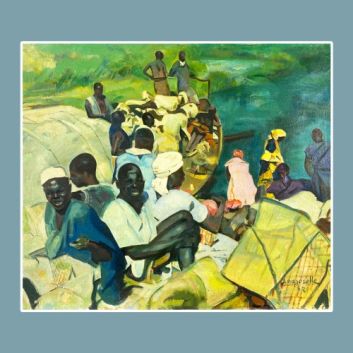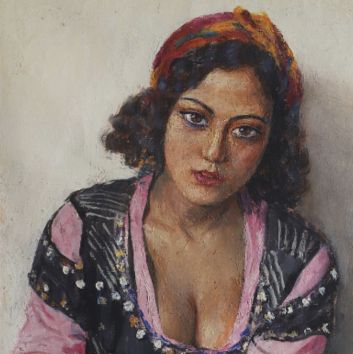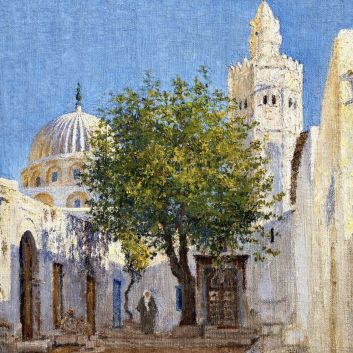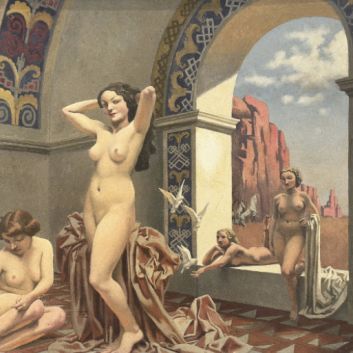Value and quotation of works, paintings by Henri Pontoy
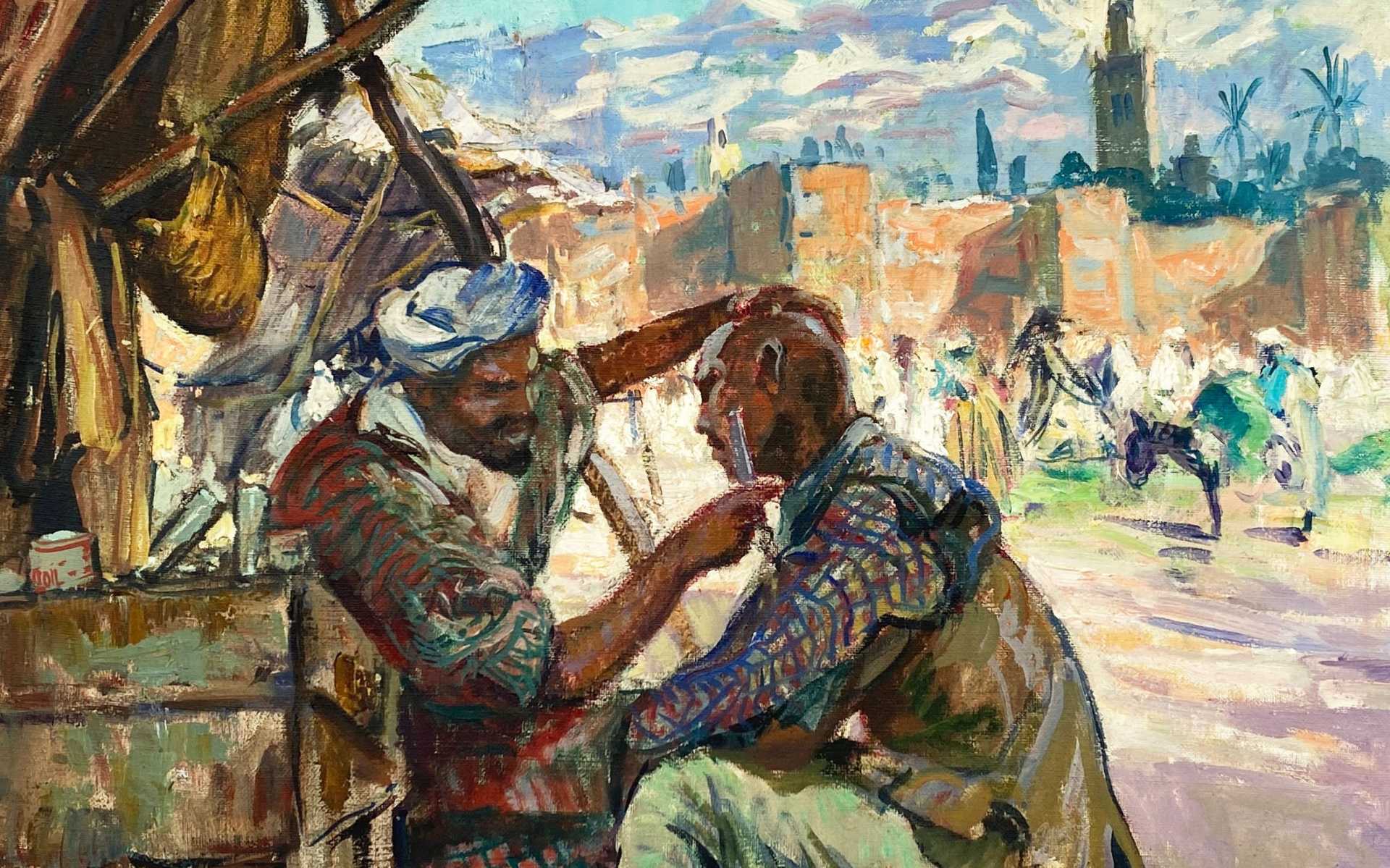
If you own a work by or after Henri Pontoy, and would like to know its value, our state-approved experts and auctioneers will be happy to offer you their expert appraisal services.
Our specialists will carry out a free appraisal of your work, and provide you with a precise estimate of its current market value.
Then, if you want to sell your work, we'll point you in the right direction to get the best possible price for it.
Artist's rating and value Henri Pontoy
Considered one of the protagonists of 20th-century Orientalism, Henri Pontoy left behind a unique artistic repertoire imbued with the spirit of colonial art.
This legacy consists of paintings, mostly oils on canvas. Today, prices for his works are skyrocketing under auctioneers' gavels.
His paintings and other works are particularly prized, especially by French and Moroccan buyers, and the prices at which they sell on the art market range from €20 to €120,000, a considerable delta but one that speaks volumes about the value that can be attributed to Henri Pontoy's works.
In 2020, a polychrome composition depicting Fez dating from 1937 sold for €70,000.
Order of value from a simple work to the most prestigious
Technical | Estimate |
|---|---|
Drawing - watercolor | From €20 to €16,270 |
From €40 to €1,100 | |
Oil on canvas | From €250 to €120,000 |
Response in less than 24h
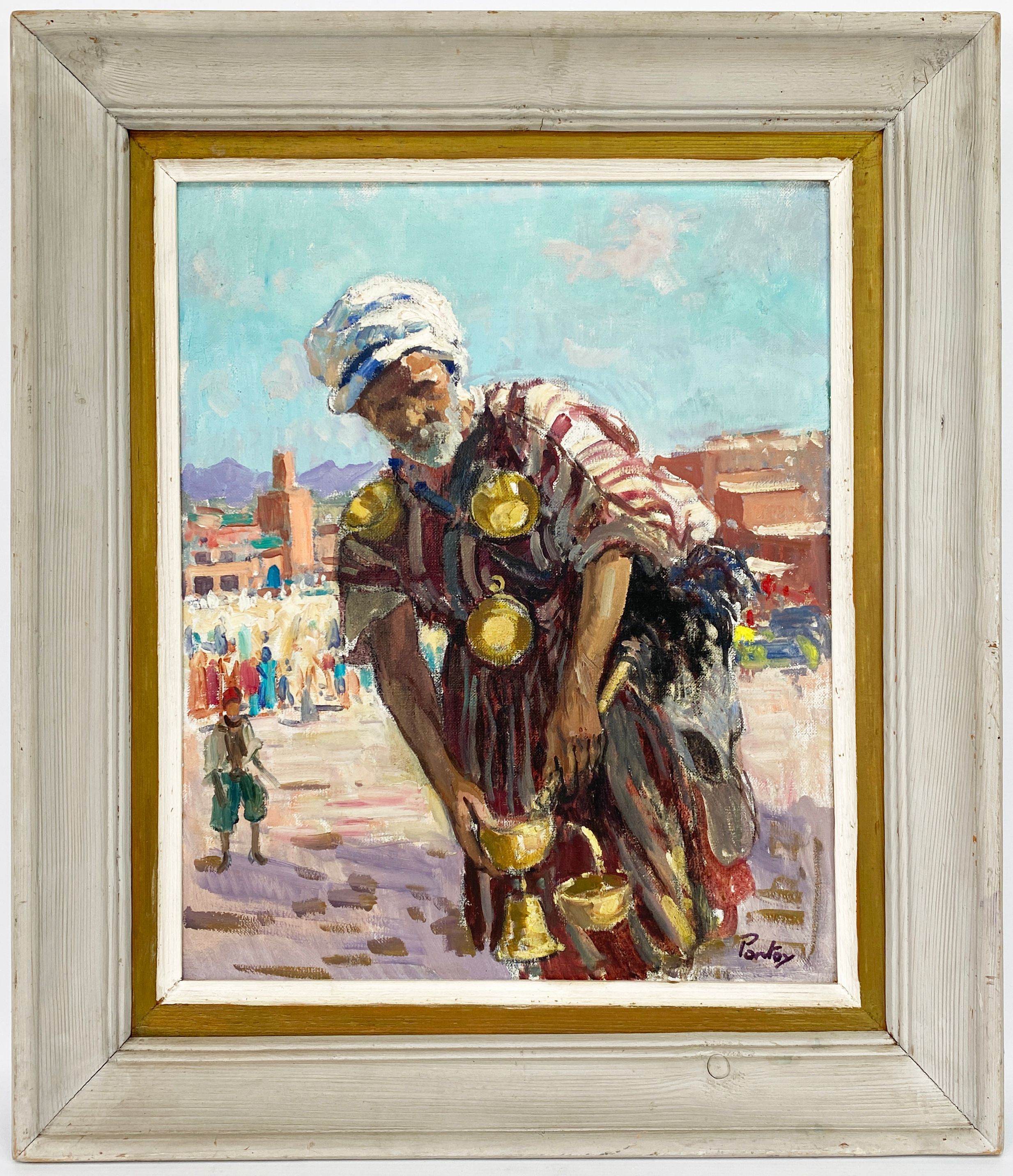
Style and technique of the artist Henri Pontoy
Henri Pontoy is part of the Orientalist movement, very much in vogue in the 20th century, which depicts oriental scenes from various countries, particularly those of North Africa. The colors used are warm, and he insists on depicting light.
He worked both in Arab countries, notably Morocco and Algeria, and in Black Africa, in Guinea and Cameroon, with Jacques Majorelle. Stylistically, he is close to other orientalists such as Émile Deckers.
The life of Henri Pontoy, from Paris to Black Africa
Henri Pontoy (1888-1968) is an important figure in twentieth-century French art. Trained at the École des Beaux-Arts in Paris, his teachers included Luc-Olivier Mersona renowned artist of the time.
At the beginning of his career, Pontoy devoted himself mainly to engraving, a technique he quickly mastered, and which enabled him to be exhibited at the Salon des Artistes Français.
However, it was with painting that he really made a name for himself, thanks in particular to his works exhibited at the Salon d'Automne, an essential event for artists of his time.
One of the highlights of his career was winning a grant from the Société Coloniale des Artistes Français, which enabled him to travel to North Africa.
Fascinated by these new horizons, he resided in Morocco and Algeria, where he received several awards for his work. During this period, he met Jacques Majorellefamous for his paintings depicting landscapes and scenes of Moroccan life.
The two artists became friends and traveled together across North Africa, soaking up the atmosphere, colors and light so characteristic of these regions.
After the Second World War, still in search of inspiration, Pontoy left for Black Africa with Majorelle. They traveled through Guinea and Cameroon, discovering new landscapes and fascinating cultures that influenced their work.
This journey greatly enriched Pontoy's work, enabling him to explore new color palettes and capture scenes of African life with a unique sensitivity.
Throughout his career, Henri Pontoy has been a true art adventurer. From his early days in Paris to his African expeditions, he has captured in his work the beauty and essence of the places he has visited, leaving behind him an artistic legacy rich in diversity and emotion.
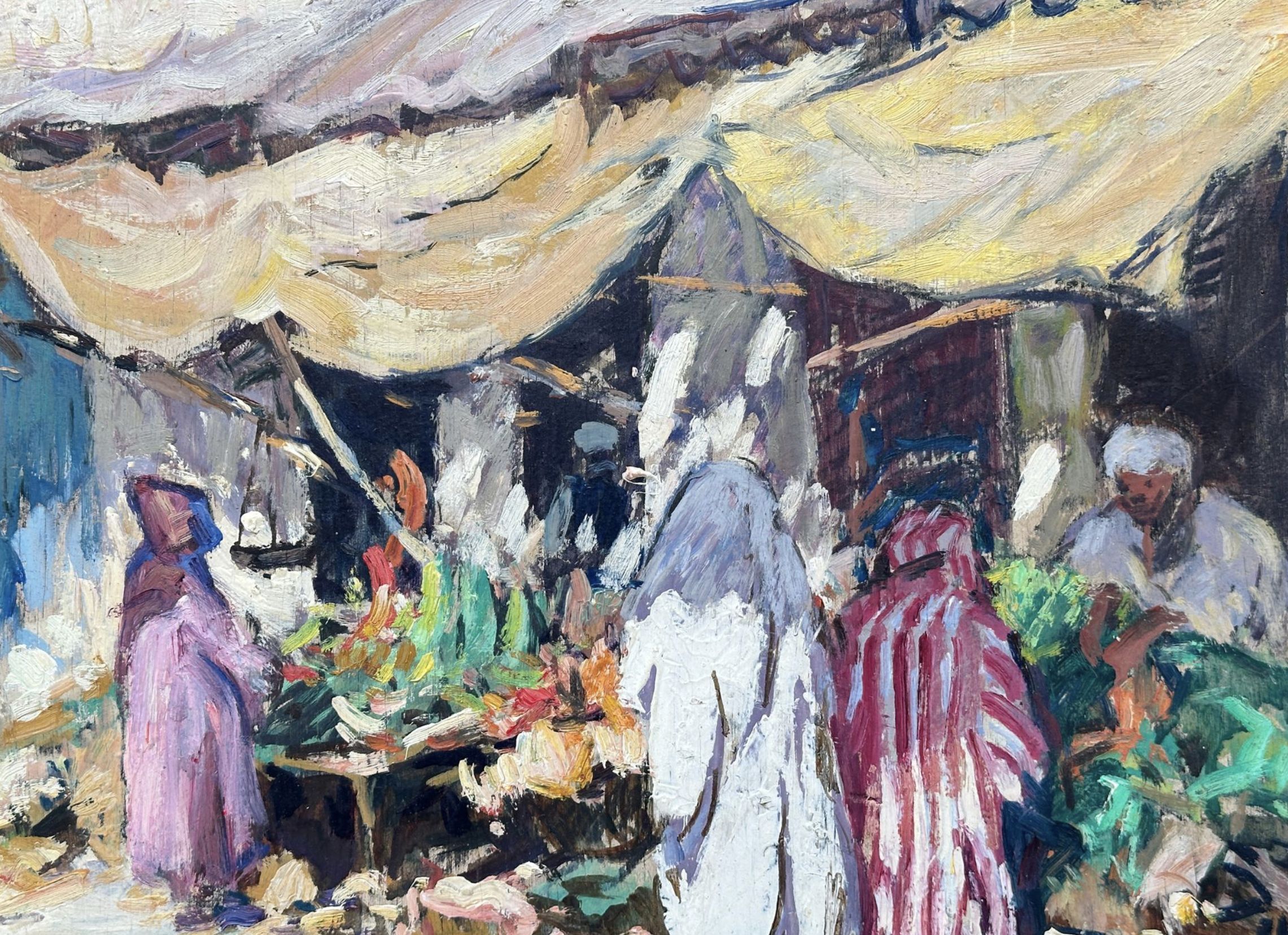
Focus on Souk in Morocco, Henri Pontoy
Henri Pontoy, an iconic 20th-century artist, sensitively captured scenes of daily life in his unique style, strongly influenced by his travels in North Africa.
This painting is a vibrant depiction of a local market, probably in Algeria or Morocco, where the artist drew much of his inspiration.
The bright brushstrokes of color and movement evoke a lively atmosphere, rich in human interaction. Light seems to filter through hanging fabrics, lending a warm, welcoming ambience to the scene.
The human figures, though deliberately blurred and sketched, evoke silhouettes dressed in colorful djellabas, a vision faithful to the essence of the traditional markets of these regions.
Pontoy, influenced by his classical training and travels, uses a striking contrast of light and dark tones to emphasize the play of light and shadow, and suggest the intense heat typical of the Mediterranean climate.
The composition seems to capture a fleeting moment in everyday life, imbued with simple beauty, where the viewer is invited to feel the energy and dynamism of this market scene.
This painting is a perfect example of Pontoy's ability to pay tribute to North African culture while incorporating impressionist techniques, making his works timeless testimonies to his travels and love for these lands.
Pontoy and Orientalism
Henri Pontoy is one of the great Orientalist painters of the early 20th century, a fascinating artistic movement that emerged in the 19th century under the influence of European colonization and expansion in North Africa and the Middle East.
Inspired by his travels in Morocco, Algeria and later Black Africa, Pontoy was captivated by the visual richness and cultural diversity of the regions he traversed.
Like Jacques Majorelle, with whom he shared many of his travels, Pontoy developed an aesthetic vision of the Orient, nourished by a fascination for desert landscapes, bustling souks, traditional dress and the brilliant light that bathes these lands.
His work, though marked by an impressionist approach and a mastery of the interplay of light and color, avoids falling into the clichés of the genre.
Unlike some Orientalists who depicted the East as a frozen, mysterious and exotic world, Pontoy managed to capture the vitality and everydayness of the scenes he painted.
His paintings are not just a fantastical projection of the Orient, but a sincere homage to the local people and their environment. In this, he stands out among the Orientalists of his time, managing to balance aesthetic admiration with lived reality.
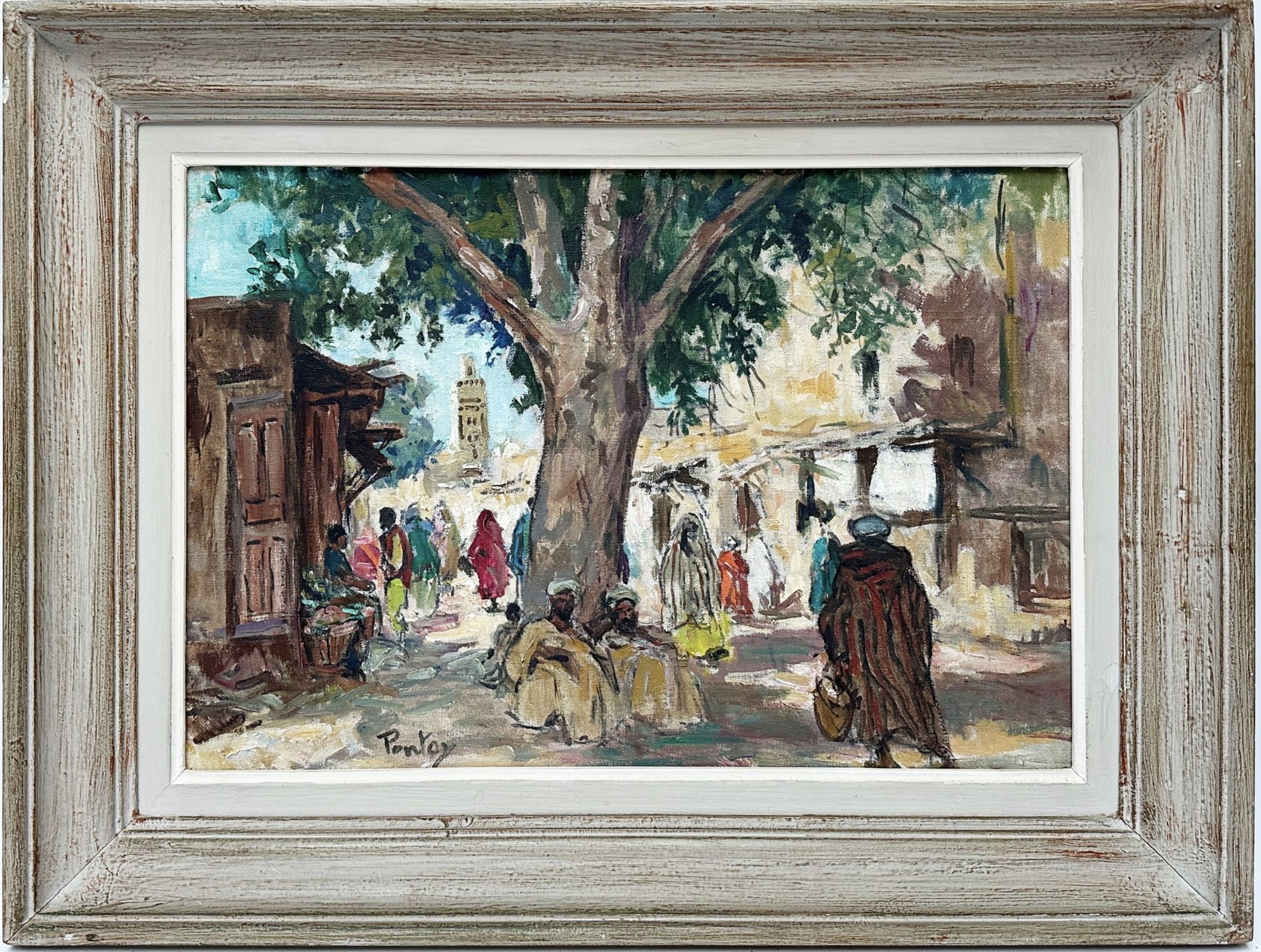
Focus on a street scene in Pontoy
In this painting by Henri Pontoy, the artist once again transports us to the heart of daily life in a North African town, probably a Moroccan or Algerian village, bathed in the soft morning light.
The composition is centered on an imposing tree, an almost protective figure beneath which men, seated in a relaxed posture, seem to be chatting in the shade, a moment of calm in contrast to the activity going on further away.
In the background, colorful silhouettes cross a street lined with earth-toned houses, their gait evoking the peaceful nonchalance typical of these surroundings.
The verticality of the tree, which dominates the scene, leads the eye to the minaret rising in the distance, a subtle reminder of the omnipresence of Islamic culture in these landscapes.
Pontoy's palette is, once again, vibrant, blending deep greens with the browns and ochres of the buildings and land, and punctuated by the colorful flashes of the characters' clothing, providing a striking visual contrast.
This painting perfectly embodies Pontoy's fascination with street scenes, where human interaction and architecture merge in pictorial harmony.
The rapid, fluid brushstrokes give the work a dynamism that suggests life in motion, while capturing an almost contemplative moment of serenity.
True to her orientalist approach, the artist reveals here an authentic scene, far from any idealization, where beauty lies in the simplicity of moments shared under the benevolent shade of an ancestral tree.
Pontoy's mark on its period
Henri Pontoy is one of the last representative artists of the Orientalist movement. He collaborated with Jacques Majorelle, who needs no introduction.
He worked extensively with color tones and light. Today, his works have a stable value on the auction market, and he is part of an artistic movement that is still much sought-after by collectors, and which is particularly highly rated at present.
Recognizing Pontoy's signature
Henri Pontoy's paintings are often signed in the lower left-hand corner. He often signs "Pontoy" in a dark tone.
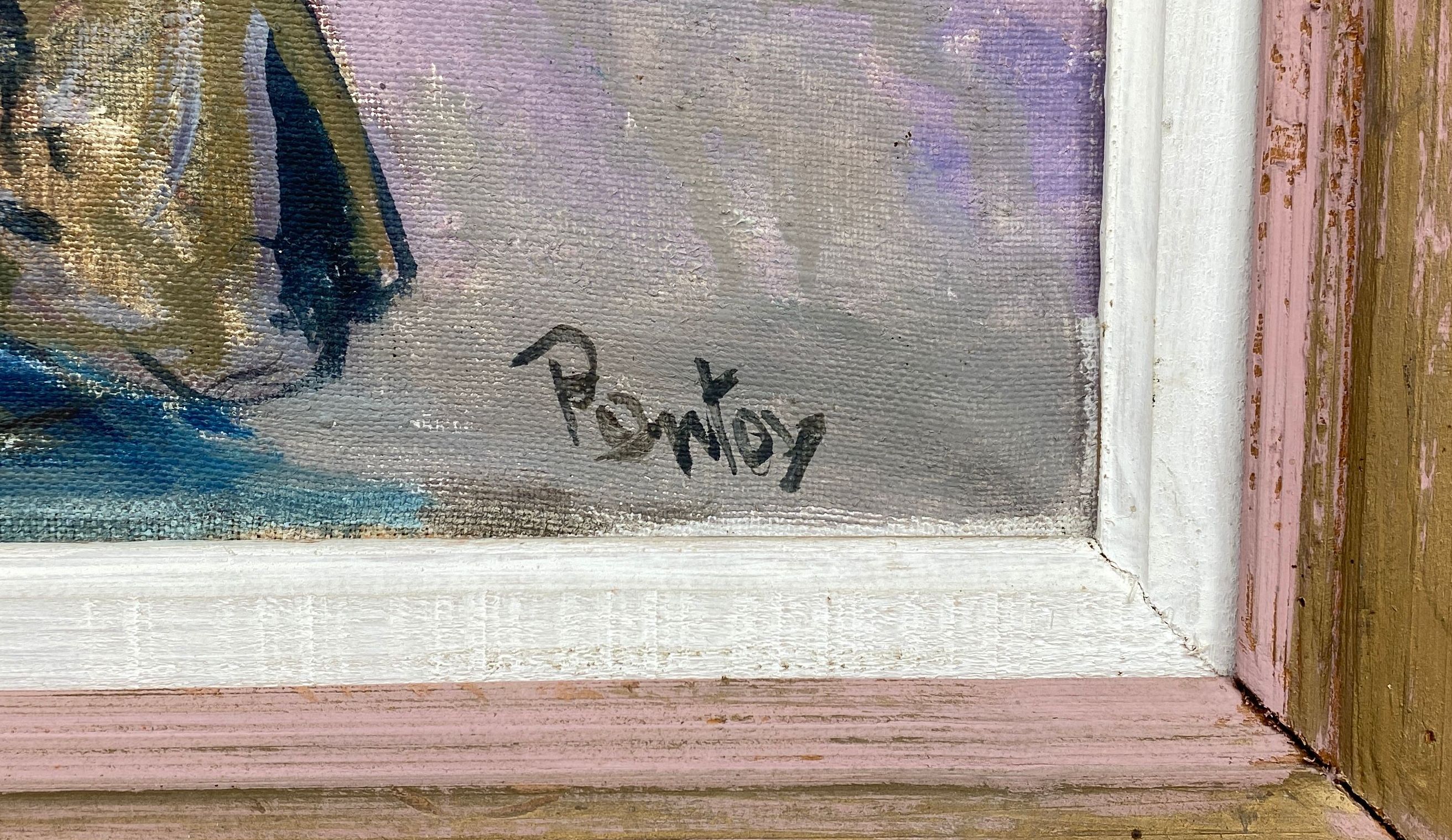
Knowing the value of a work
If you happen to own a painting by Henri Pontoy or one based on the artist's work, don't hesitate to ask for a free estimate using the form on our website.
A member of our team of experts and certified auctioneers will contact you promptly to provide you with an estimate of the market value of your work, as well as any relevant information about it.
If you're thinking of selling your work of art, our specialists will also be on hand to help you find alternatives for selling it at the best possible price, taking market trends into account.
Response in less than 24h
Related topics
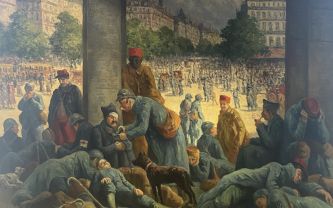
Rating and value of works, paintings and drawings by Maximilien...
Maximilien Luce is a 20th-century post-impressionist artist who produced many paintings and drawings that are quoted on the art market.
Read more >
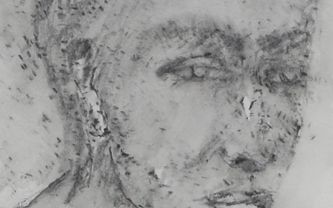
Rating and value of paintings, drawings and sculptures by Akbar Pa...
Akbar Padamsee is a 20th-century Indian contemporary artist who has produced works that are highly rated and sought-after on the auction market.
Read more >
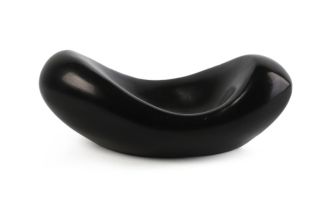
Cote et valeur 2024 des sculptures de Georges Jouve
Georges Jouve is a twentieth-century contemporary sculptor who has produced works that are highly prized at auction.
Read more >
Secure site, anonymity preserved
State-approved auctioneer and expert
Free, certified estimates
